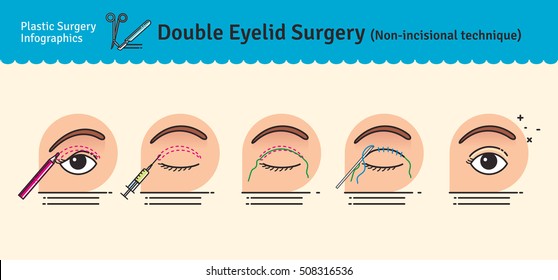A Thorough Evaluation Of Modern Cataract Surgical Procedure Techniques
A Thorough Evaluation Of Modern Cataract Surgical Procedure Techniques
Blog Article
Content Created By-Brask Whitfield
As you explore the advancement of innovative cataract surgical treatment strategies, you'll witness a journey noted by resourcefulness and precision. From old approaches that paved the way for modern-day developments to innovative innovations that are changing the field, the extensive introduction of cataract surgical procedure methods is a testament to human progression and commitment to enhancing patient end results. The complex interplay between historical methods and futuristic improvements produces a fascinating story that sheds light on the development of one of one of the most usual operations worldwide.
Historical Methods and Technologies
Discover just how very early surgeons revolutionized cataract treatment by utilizing innovative techniques and devices. In the past, cataract surgical procedure was a dangerous and unpleasant treatment. Nevertheless, ancient Indian medical professionals were among the first to attempt surgical treatments for cataracts, using a strategy called 'couching' where a sharp tool was made use of to push the cataract back into the eye. This technique, though crude by today's requirements, laid the groundwork for future innovations in cataract surgical treatment.
As time progressed, Arab physicians made substantial contributions by establishing specialized needles for cataract removal. These needles were utilized to pierce the cataract and then extract it from the eye, marking a considerable improvement in medical precision.
Later on, in the 18th century, the French cosmetic surgeon Jacques Daviel originated the method of extracapsular cataract removal, where the entire lens was removed intact via a larger laceration. This noted a major advancement in cataract surgical procedure strategies, leading the way for the modern treatments we use today.
Modern Surgical Approaches
Early techniques in cataract surgical treatment have actually advanced significantly, causing the advancement of contemporary surgical strategies that prioritize accuracy and boosted patient results. Modern cataract surgery now commonly includes a procedure called phacoemulsification, where an ultrasonic gadget separate the cataract for removal via a tiny cut. This strategy enables quicker recovery and lowers the threat of issues compared to older approaches.
In addition, making use of advanced intraocular lenses (IOLs) has reinvented cataract surgery end results. These lenses can deal with not just the cataract however likewise various other refractive errors like astigmatism, lowering the demand for glasses post-surgery.
Surgeons today also have access to advanced imaging modern technologies that aid in specific preoperative preparation and intraoperative decision-making. Optical coherence tomography (OCT) and other imaging techniques give thorough pictures of the eye's structures, allowing for an extra customized approach to each patient's surgical procedure. With these innovations, modern-day cataract surgical procedure strategies continue to improve, supplying individuals much safer procedures and far better visual outcomes.
Emerging Technologies in Cataract Surgical Treatment
With developments in innovation revolutionizing the area, cataract surgical treatment is seeing the combination of cutting-edge strategies for boosted individual end results. cataract surgery 50 year old in cataract surgical treatment are reshaping the landscape of ophthalmic treatments. One such improvement is femtosecond laser innovation, which enables exact corneal cuts, capsulotomies, and lens fragmentation, causing boosted surgical accuracy and outcomes.
In addition, intraoperative aberrometry is obtaining popularity, allowing real-time measurements of refractive mistakes throughout surgical treatment to improve intraocular lens power calculations and lower postoperative refractive surprises.
Furthermore, the use of advanced imaging technologies like optical coherence tomography (OCT) and intraoperative wavefront aberrometry help surgeons in accurate surgical planning and implementation. These tools provide in-depth physiological details and help tailor medical strategies for each person's unique eye characteristics.
Moreover, advancements in expert system are being checked out to aid in preoperative planning, intraoperative decision-making, and postoperative care, potentially maximizing medical results and patient satisfaction. Accepting these emerging technologies in cataract surgical procedure holds pledge for more boosting patient results and ensuring the continued development of sensory medical techniques.
Conclusion
As you trip with the history of cataract surgery, you witness the change from old methods to advanced technologies. Like a phoenix increasing from the ashes, cataract surgical treatment has actually developed right into a beacon of hope and technology.
Equally as a caterpillar arises from its cocoon as a stunning butterfly, cataract surgery has thrived into a refined art form, offering individuals clearer vision and a brighter future.
The advancement continues, radiating a light on countless opportunities.
